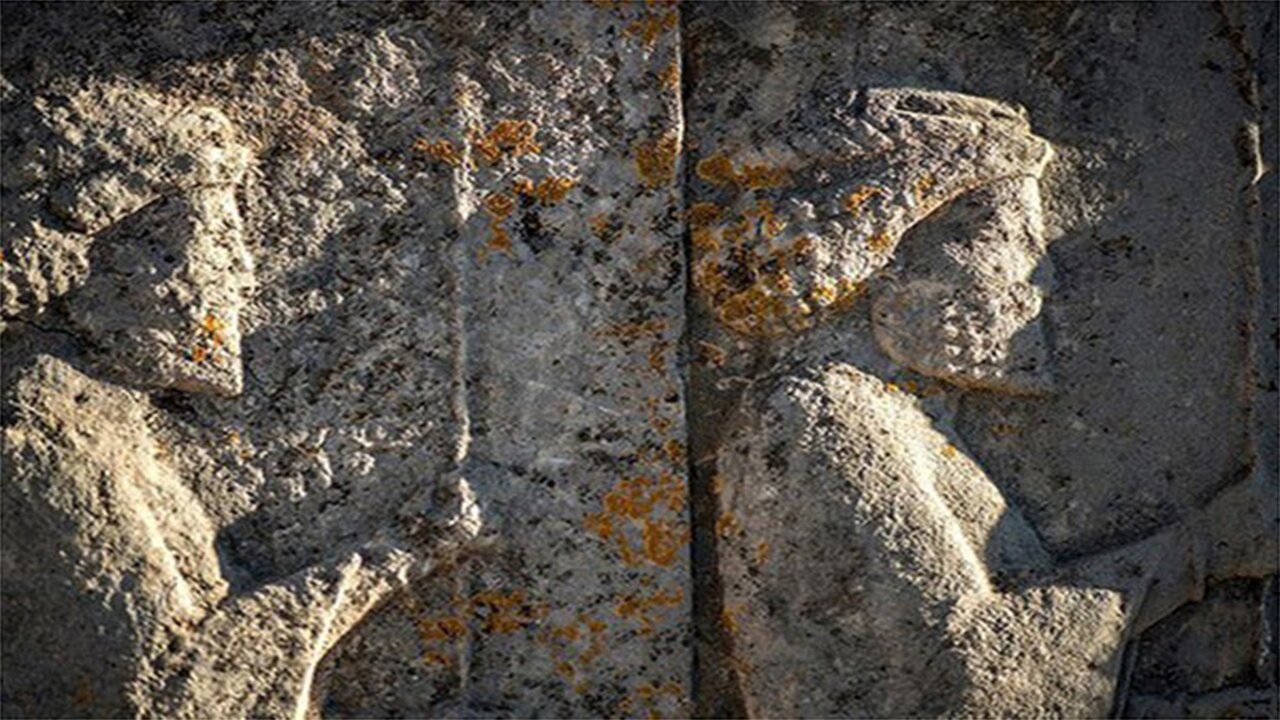INSUBCONTINENT EXCLUSIVE:
TEHRAN - The existence of lichens on Irans historic stone carvings and ancient structures is solely due to weather conditions and moisture,
rather than industrial pollution, a prominent cultural heritage specialist has confirmed.Zohreh Bozorgmehr, a prominent figure in cultural
heritage and a member of the cultural heritage board for several of Irans historical cities, emphasized that lichens on bas-relief carvings
and stone structures such as Persepolis, Tang-e Chogan, and Bishapur Palace are an outcome of ecological elements instead of toxins like
petrochemical emissions.In an interview with ISNA, Bozorgmehr mentioned, The presence and growth of lichens on historical monuments are
assisted in by moisture and particular climatic and ecological conditions
There is no connection in between this phenomenon and commercial pollution.She acknowledged that while lichen development can be avoided, it
needs particular preservation methods
Usually, [an unique type of] resin is used to safeguard monoliths after lichens are removed
Due to financial restraints, the quality of the resin utilized might often be compromised, leading to its degeneration and the ultimate
regrowth of lichens in the same area.Bozorgmehr kept in mind that Irans Ministry of Cultural Heritage and Tourism carries out efforts to
maintain monoliths from lichen-related damage
Budget plan constraints can hinder long-lasting maintenance, allowing lichens to return after resins deteriorate over time.As a
well-regarded critic of historic repair efforts, Bozorgmehr declared that the most substantial lichen growth occurs in Fars province,
attributing this to the areas particular environmental conditions.Addressing the geographical spread of the issue, the previous director of
the Office of Technical Preservation and Restoration at the Ministry of Cultural Heritage described that lichen development is more common
in temperate and humid regions, particularly in Fars province.Lichens flourish in damp environments
While they can be found in various areas, their presence is notably greater in Fars due to its moderate environment
Other locations such as Hamadan may also experience lichen growth, however to a lesser extent.The existence of lichens on Irans ancient
monoliths stays a preservation difficulty, however specialists stress that understanding the natural causes behind their growth is essential
in executing reliable preservation strategies.Last year, the director of the Persepolis World Heritage Site, noted that research and field
investigation for combating lichens was still underway on the stones in Persepolis
Lichens are one of the most harmful elements to historic buildings, specifically stone monoliths
The operation of cleansing lichen in Persepolis is performed in workshop format by a group of conservation and restoration professionals and
continues to this day, Alireza Askari-Chaverdi added.He stated that lichens been available in several types, including: According to
biologists, lichens are formed by a close association of fungis and algae
In this symbiosis, algae produce organic products through photosynthesis, consumed by fungis, and on the other hand, fungi dissolve mineral
products in the stone through acid secretion, consumed by algae
Although not all experts agree with this theory, all professionals, including cultural heritage specialists and biologists, think that
lichen growth can damage stones.Due to the variety of lichens, a conclusive and consistent treatment has not yet existed
Different countries propose various options for their cleansing, and although some appropriate approaches have been used, there are also
criticisms of them.In the past, speculative conservators utilized water and brush to clean lichens, which is the most convenient method but
has many downsides, consisting of the spread of lichens, not getting rid of the roots of lichens, and the introduction of new types of

